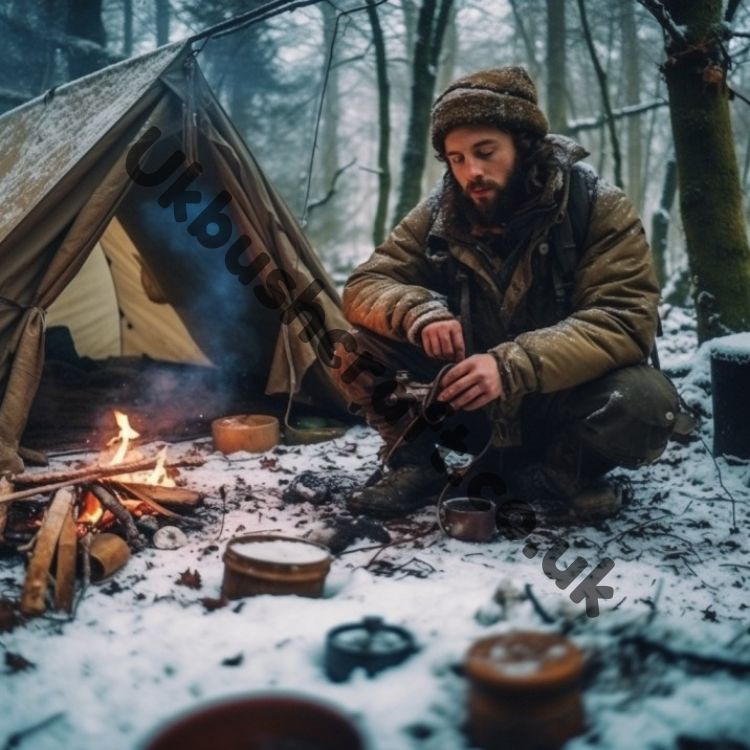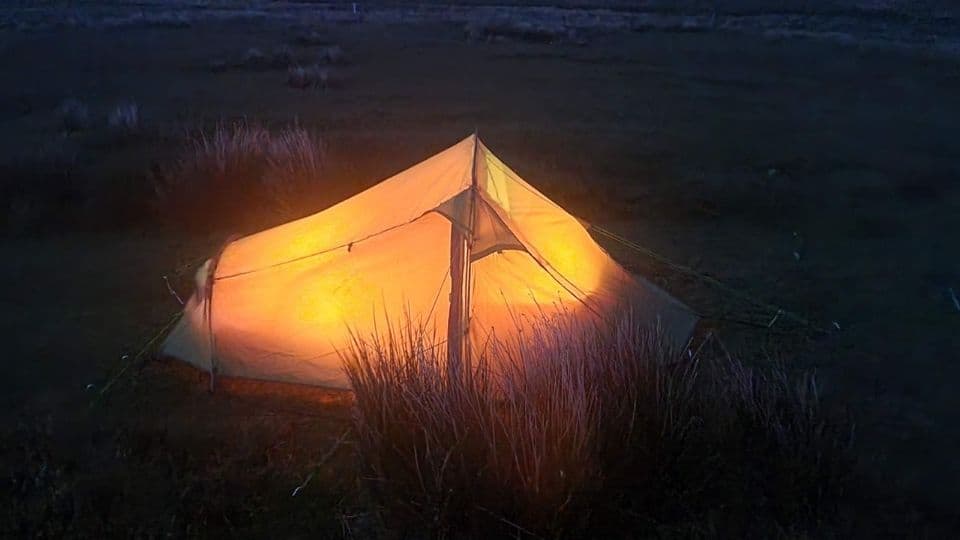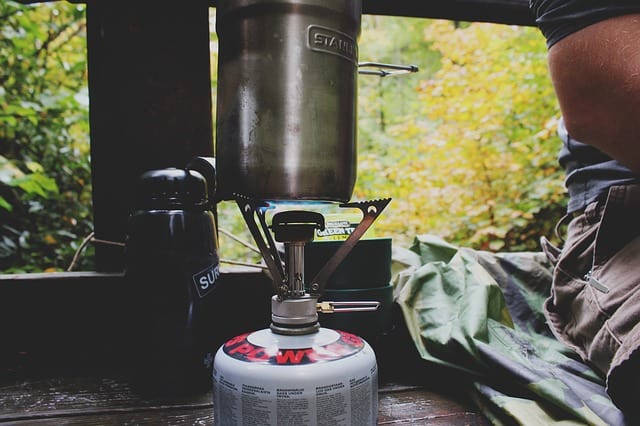Here we will be looking at some of the Best natural fire tinder that can be found while out practicing bushcraft.
There are many fire tinder’s, Some are better than others, but they all have their place in the correct situation.
On this soggy wet island, we call home we can often run into the problem of not being able to find dry natural tinder to light our campfire.
So we need to know what we are looking for and how to use it correctly.
A good option is to always carry a tinder pouch with you be sure you will never have trouble starting a fire.
It is also a good idea when you are out and about on your travels to pick up extra tinder. Always keep your pouch stocked up as it can often require time to dry out before use.
I won’t go into how to use each one here as you could do a whole post on each one (i may do this at some point).
Ok so let’s get on with it and take a look at some of the Best natural fire tinder you can find.
Our guide to the basic’s of building a campfire
Table of Contents
Tree bark tinder
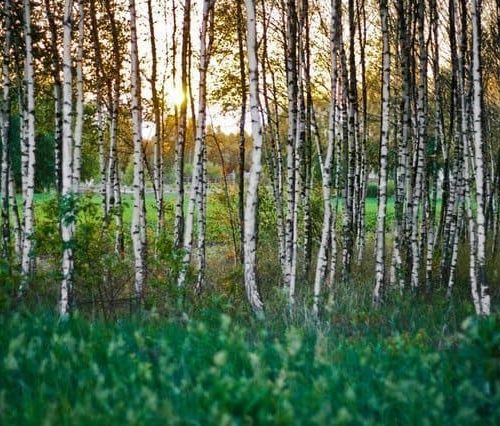
Silver Birch Bark
The outer bark of the silver birch tree is thought of as one of the best natural tinder’s.
Easy to identify and often easily found in most woodlands and can be found year-round.
The bark has a high resin content which in turn helps it burn a little hotter and for longer than some natural tinder.
check out the woodland trust for full of this tree details here
Tree Inner bark
Inner bark tinder comes from the fibres of the inner bark of the western red cedar tree.
The bark should come from a dead tree if possible as we do not want to damage a healthy tree.
To make the tinder cut out a section of the dead tree’s bark and lay it out flat.
With the inside of the bark facing up, take your knife and begin to scrape the bark. It will start to gather up and look like a birds nest, that’s your tinder!
check out the woodland trust for full details of this tree here
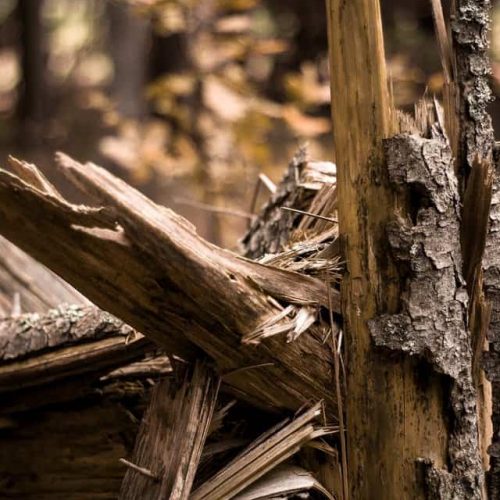
Fungi as Natural Tinder
Cramp Ball Fungus or King Alfred’s Cakes (Daldinia Concentrica).
Again a relatively common fungus.
Mainly found on ash trees but can also found on beech trees in some cases.
This fungus will take a spark from a ferrocerium rod easily and can hold an ember for quite a long time.
This fungus can also transfer fire around. Will ignite in a fire piston.

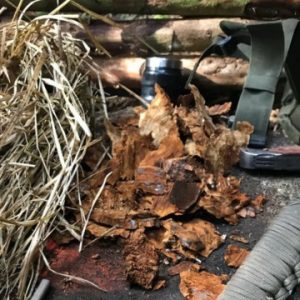
Amadou – (Fomes Fomentarius)
Found on the inside of the horse hoof fungus (Fomes fomentarius).
Amadou does take a bit of prep work to make it into a usable natural tinder.
When prepared properly, it does make excellent fire tinder and will take a spark from a ferrocerium rod easily.
Leaves as Natural Fire Tinder
Bracken (Pteridium Aquilinum)
Very common in most British woodlands and moorlands.
You want to be looking for the leaves that have turned a golden brown.
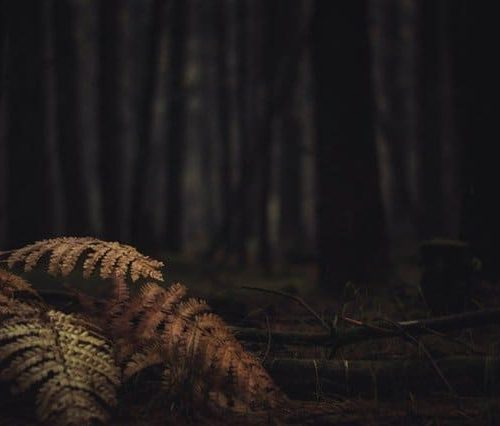
Fluffy natural tinder

Sheep Wool
Often overlooked but as you are walking to camp, I’m sure you will pass a barbed-wire fence or two.
Look a little closer if there are sheep in the area chances are the wire has patches full of wool. With it been up in the air is usually mostly dry. If not stick it in your pocket while you continue your walk chances are when you hit camp it will be about dry.
Clematis Vitalba or Old Man’s Beard
Another fluffy one to gather in bulk.
Best used in larger quantities and with other mixed natural tinder for a longer burn time.
Can be found in this state late summer – early fall.
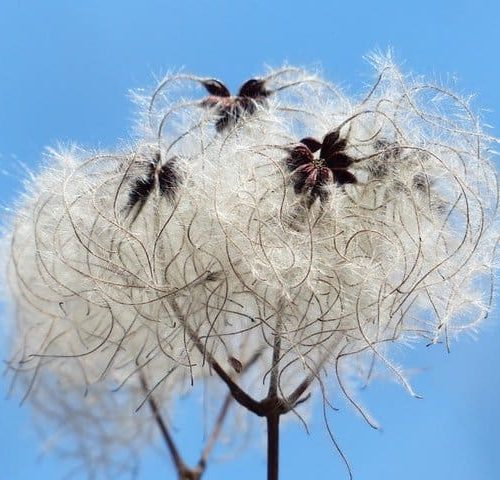
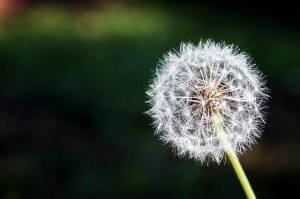
Dandelion Heads (Taraxacum Officinale)
At the right time of year, they can be a decent tinder.
Best used in large amounts as they do not burn for very long.
Will take a spark easily, Best to mix it in with other tinder’s.
Found in most grassland areas around March, April, May, June, July, August, September, October.
Spear Thistle (Cirsium Vulgare)
Sticking with the theme of fluffy fast-burning tinders the thistle is common.
Pick this in large amounts.
Again is best mixed in with slower burning natural tinder. You are looking for the fluffy white head after the flower has bloomed July-September.
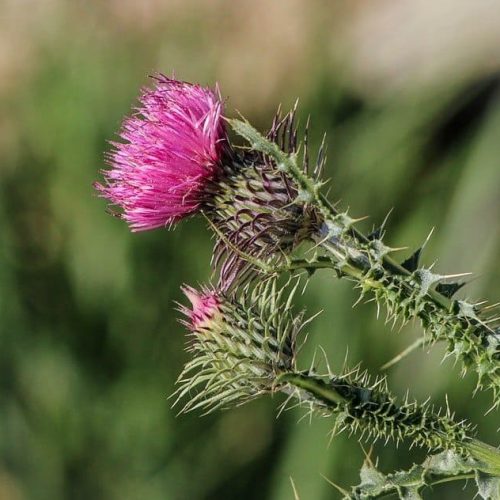
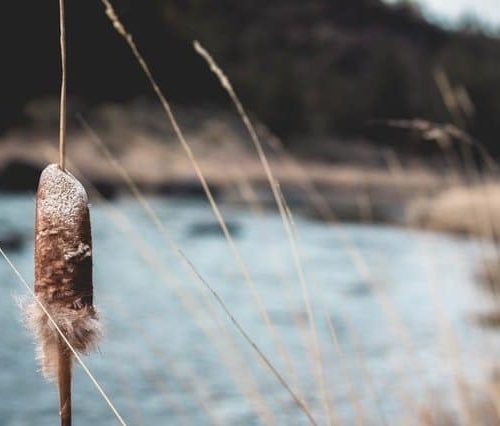
Reed Mace or Bullrush
Again like the other fluffy tinders it will catch a spark well but does not burn for very long.
Best to mix it in with other tinders to get the most out of it.
Found close to rivers, ponds, streams around July – august.
In Summary
I have gone through most of the common easy-to-find natural fire tinder. I am aware there are others, but they are less common or require more work refining them to use as fire tinder.
This should be a good base for most people to work with and make a start getting to know what to look for. It’s a good idea to learn to use all different materials and also to use them with different sources of ignition.
Looking for a ferrocerium rod? check out our guide here


